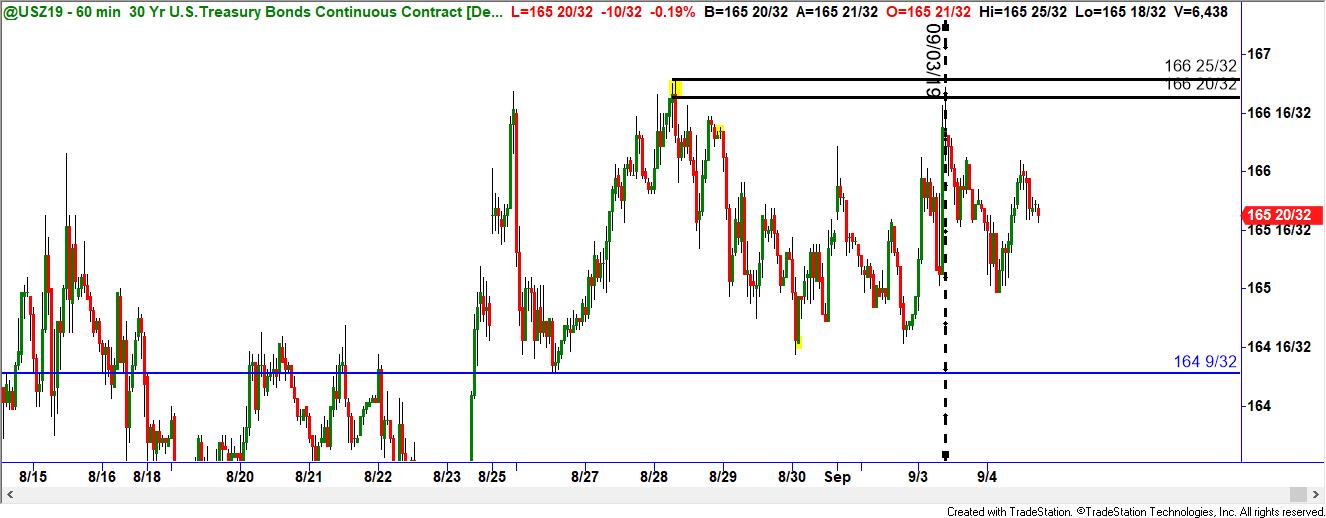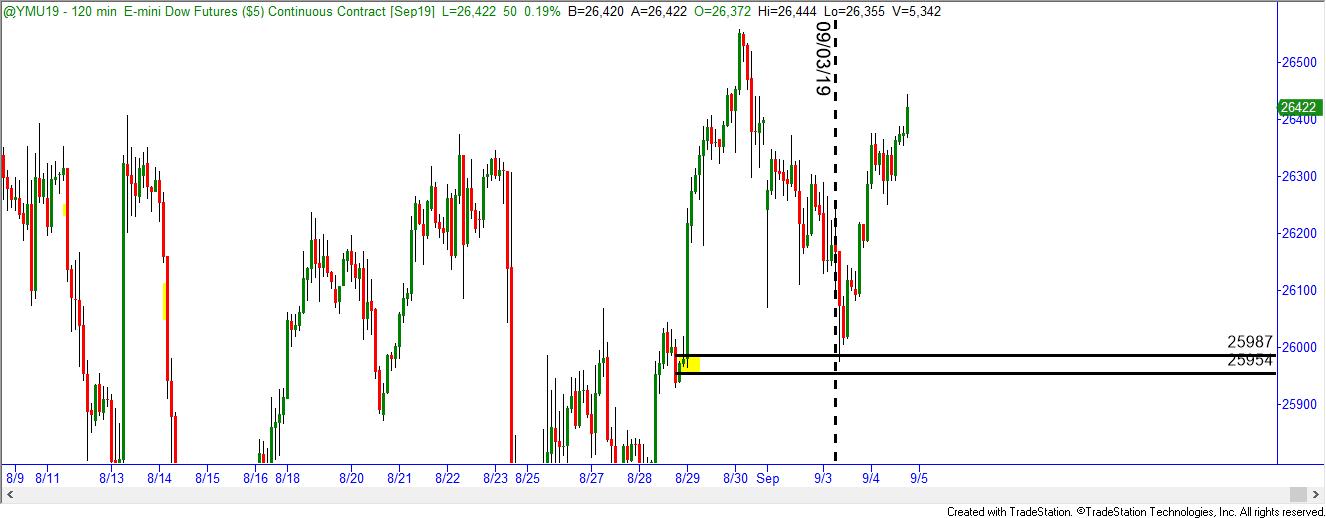One asset category that is not very well understood is what we refer to in the business as the credit markets. In the futures market, these encompass all debt instruments such as U.S. Treasury Bills, Notes and Bonds, and are not limited to derivatives of debt issued by the U.S. treasury. The German debt market can also be traded here through most futures brokers on the Eurex exchange. These derivative instruments come with funny names like Schatz, Boble, Buxl, and the Bund. The different names in all debt instruments are there simply to differentiate the short, medium and long term maturity dates.
These particular European markets are nice to know about, but for those of us in the U.S., they’re not as important as say Greek, Spanish or Italian debt and, of course, the US debt market. Understanding how debt instruments work can give us important clues not only to the future course of interest rates, but the tone of the U.S. economy, inflation and, by extension, the stock market.
Why Invest in Bonds?
The first point to note about bonds is that their price movement is generally inversely correlated to that of the stock indices. I recently wrote about how bonds are risk-off assets which makes them desirable to investors when the stock market is in a state of turmoil.
Additionally, there’s been much written in the financial press lately about the anomaly that’s been occurring in the US bond yields. Normally yields on longer maturities are higher than on shorter maturities, but that has now reversed. This is called an inverted yield curve which many say is a signal that the economy is due for a contraction.
When investors are expecting a drop in the market they tend to move money into what they perceive as safer investments in times of distress. This is what treasuries provide as they are guaranteed by the full faith and credit of the U.S. Treasury. Say what you will about the condition of the U.S. Economy, the fact is that these are still considered the safest paper on the globe.
Bond Values
When debt is issued by the Treasury, it has a fixed rate attached to it (otherwise known as coupon) and is issued in denominations of $1000. Let’s say the purchaser of the debt obligation buys a 10-year note at par ($1000) with a 6% coupon. Six months later, prices of treasuries move higher because demand increases. The purchaser will still receive the coupon, $60.00 a year, but the higher price of the bond will lower the yield as a new buyer of the same paper will spend more for the same coupon. Conversely, if the price of that same paper falls in value, the yield would go up as a new purchaser now will spend less to receive the same coupon.
Trading Bonds
In the futures market, we trade the notional value of the cash Treasury notes and bonds for which the symbols are (TY) for the 10-year note and (US) for the 30-year bond. U.S Treasury debt is broken into 32 parts, hence, futures prices are quoted in 32nds. That being the case, it would make sense that every tick would be 31.25 (31.25 X 32 = $1000). In the TY (T-Notes), however, they’re broken into half a 32nd or $15.625. I know it seems complicated, but it really isn’t once you get used to the contract.
Side note for fun: Since bond prices rally when stocks are declining, or generally when bad things happen, bond traders have earned a reputation for being a glum bunch of guys and gals. But then, stock traders are usually over-optimistic which can also be problematic… And back to the lesson.
Using the Bond Market as an Odds Enhancer
The bond market can be helpful as an odds enhancer in timing turning points in the stock index futures as was the case recently, and most likely will be true in the future.
As an example, early last week I conducted an analysis that used the supply area in the US 30 year T-bond Futures (which I’ve highlighted in the top chart below) to time a long entry in the Dow E-mini futures (seen in the bottom chart below). It turned out to have good profit potential and the demand area on the same chart ( YMU18) provided a good clue that stocks would likely rally.
The lesson here is that going forward, the stock market will find it hard to move higher if bonds continue to rally. Are there times when both of these markets trade in tandem? Yes, but normally not for long; usually something has to give.
Until Next time, have a great trading week.
Read the original article here - Various Ways to Use Bonds
This content is intended to provide educational information only. This information should not be construed as individual or customized legal, tax, financial or investment services. As each individual's situation is unique, a qualified professional should be consulted before making legal, tax, financial and investment decisions. The educational information provided in this article does not comprise any course or a part of any course that may be used as an educational credit for any certification purpose and will not prepare any User to be accredited for any licenses in any industry and will not prepare any User to get a job. Reproduced by permission from OTAcademy.com click here for Terms of Use: https://www.otacademy.com/about/terms
Editors’ Picks
EUR/USD clings to daily gains above 1.0650

EUR/USD gained traction and turned positive on the day above 1.0650. The improvement seen in risk mood following the earlier flight to safety weighs on the US Dollar ahead of the weekend and helps the pair push higher.
GBP/USD recovers toward 1.2450 after UK Retail Sales data

GBP/USD reversed its direction and advanced to the 1.2450 area after touching a fresh multi-month low below 1.2400 in the Asian session. The positive shift seen in risk mood on easing fears over a deepening Iran-Israel conflict supports the pair.
Gold holds steady at around $2,380 following earlier spike

Gold stabilized near $2,380 after spiking above $2,400 with the immediate reaction to reports of Israel striking Iran. Meanwhile, the pullback seen in the US Treasury bond yields helps XAU/USD hold its ground.
Bitcoin Weekly Forecast: BTC post-halving rally could be partially priced in Premium

Bitcoin price shows no signs of directional bias while it holds above $60,000. The fourth BTC halving is partially priced in, according to Deutsche Bank’s research.
Week ahead – US GDP and BoJ decision on top of next week’s agenda

US GDP, core PCE and PMIs the next tests for the Dollar. Investors await BoJ for guidance about next rate hike. EU and UK PMIs, as well as Australian CPIs also on tap.
RECOMMENDED LESSONS
Making money in forex is easy if you know how the bankers trade!
Discover how to make money in forex is easy if you know how the bankers trade!
5 Forex News Events You Need To Know
In the fast moving world of currency markets, it is extremely important for new traders to know the list of important forex news...
Top 10 Chart Patterns Every Trader Should Know
Chart patterns are one of the most effective trading tools for a trader. They are pure price-action, and form on the basis of underlying buying and...
7 Ways to Avoid Forex Scams
The forex industry is recently seeing more and more scams. Here are 7 ways to avoid losing your money in such scams: Forex scams are becoming frequent. Michael Greenberg reports on luxurious expenses, including a submarine bought from the money taken from forex traders. Here’s another report of a forex fraud. So, how can we avoid falling in such forex scams?
What Are the 10 Fatal Mistakes Traders Make
Trading is exciting. Trading is hard. Trading is extremely hard. Some say that it takes more than 10,000 hours to master. Others believe that trading is the way to quick riches. They might be both wrong. What is important to know that no matter how experienced you are, mistakes will be part of the trading process.


